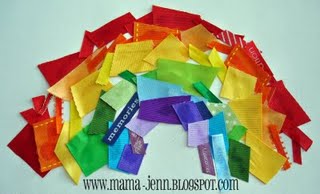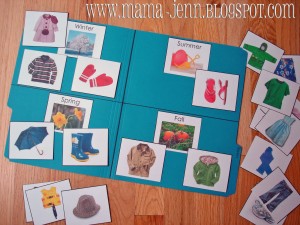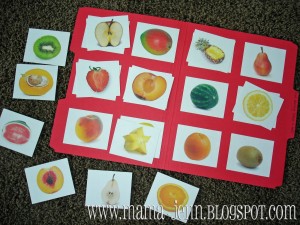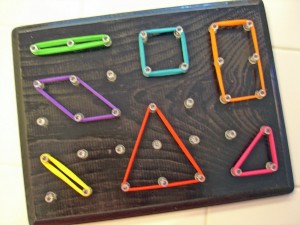Children start school with different degrees of social and emotional maturity. These qualities take time and practice to learn. Give your child opportunities at home to begin to develop the following positive qualities.
— Confidence: Children must feel good about themselves and believe they can succeed. Confident children are more willing to attempt new tasks—and try again if they don’t succeed the first time.
— Independence: Children must learn to do things for themselves.
— Motivation: Children must want to learn.
— Curiosity: Children are naturally curious and must remain so to get the most out of learning opportunities.
— Persistence: Children must learn to finish what they start.
— Cooperation: Children must be able to get along with others and learn to share and take turns.
— Self-control: Children must learn that there are good and bad ways to express anger. They must understand that some behaviors, such as hitting and biting, are not acceptable.
— Empathy: Children must have an interest in others and understand how others feel.
         Â
Here are some things that you can do to help your child develop these qualities.
— Show your child that you care about him and that you are dependable. Children who feel loved are more likely to be confident. Your child must believe that, no matter what, someone will look out for him. Give your baby or toddler plenty of attention, encouragement, hugs and lap time.
— Set a good example. Children imitate what they see others do and what they hear others say. When you exercise and eat nourishing food, your child is more likely to do so as well. When you treat others with respect, your child probably will, too. If you share things with others, your child also will learn to be thoughtful of others’ feelings.
— Provide opportunities for repetition. It takes practice for a child to crawl, pronounce new words or drink from a cup. Your child doesn’t get bored when she repeats things. Instead, by repeating things until she learns them, your child builds the confidence she needs to try new things.
— Use appropriate discipline. All children need to have limits set for them. Children whose parents give them firm but loving discipline generally develop better social skills and do better in school than do children whose parents set too few or too many limits. Here are some ideas.
— Direct your child’s activities, but don’t be too bossy.
— Give reasons when you ask your child to do something. Say, for example, “Please move your truck from the stairs so no one falls over itâ€â€”not, “Move it because I said so.â€
— Listen to your children to find out how he feels and whether he needs special support.
— Show love and respect when you are angry with your child. Criticize your child’s behavior but not the child. Say, for example, “I love you, but it’s not okay for you to draw pictures on the walls. I get angry when you do that.â€
— Help your child make choices and work out problems. You might ask your 4-year-old, for example, “What can we do to keep your brother from knocking over your blocks?â€
— Be positive and encouraging. Praise your child for a job well done. Smiles and encouragement go much further to shape good behavior than harsh punishment.
— Let your child do many things by herself. Young children need to be watched closely. However, they learn to be independent and to develop confidence by doing tasks such as dressing themselves and putting their toys away. It’s important to let your child make choices, rather than deciding everything for her.
— Encourage your child to play with other children and to be with adults who are not family members. Preschoolers need social opportunities to learn to see the point of view of others. Young children are more likely to get along with teachers and classmates if they have had experiences with different adults and children.
— Show a positive attitude toward learning and toward school. Children come into this world with a powerful need to discover and to explore. If your child is to keep her curiosity, you need to encourage it. Showing enthusiasm for what your child does (“You’ve drawn a great picture!â€) helps to make her proud of her achievements.
Children also become excited about starting school when their parents show excitement about this big step. As your child gets ready to enter kindergarten, talk to him about school. Talk about the exciting things that he will do in kindergarten, such as making art projects, singing and playing games. Be enthusiastic as you describe all the important things that he will learn from his teacher—how to read, how to how to count and how to measure and weigh things.










